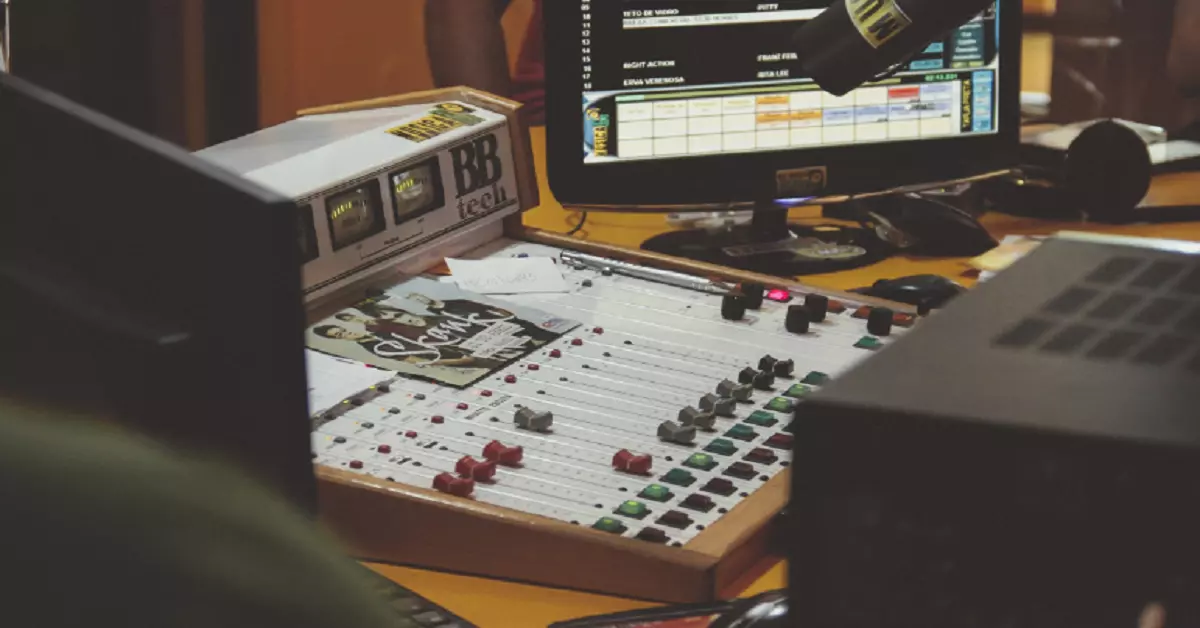Equalizer Repairs: Quick Guide

Equalizers play a crucial role in shaping the music industry. However, like any electronic device, they may encounter issues over time. Instead of resigning yourself to subpar sound quality, consider taking matters into your own hands and get the thing repaired. For that, you’ll have to know all the common problems, troubleshooting techniques, and DIY solutions to revive an equalizer.
What is an equalizer
Before delving into repairs, it’s essential to have a basic understanding of how an equalizer works. Simply put, it adjusts the balance between different frequency bands in audio signals. The device typically consists of sliders or knobs representing various frequency ranges, allowing you to boost or cut specific frequencies. It is advised to be aware of your equalizer’s controls and their corresponding frequencies before trying to troubleshoot or repair anything.
Common issues with equalizers
Like any electronic device, equalizers can experience breakdowns or malfunctions over time. Various factors contribute to the potential breakdown, including wear and tear, environmental conditions, manufacturing defects, and usage patterns. Here are some common reasons why you may find yourself in a position where you need to repair such a device:
-
No power
If your equalizer is unresponsive and shows no signs of power, check the power source and cable. The least you can do is ensure the outlet is functional, the power cable is not damaged, and the power switch is in the “on” position.
-
Unresponsive controls
If sliders or knobs are unresponsive or produce scratchy sounds when adjusted, the issue may be due to dust or debris. Dirty contacts can hinder electrical conductivity. Cleaning with a contact cleaner or isopropyl alcohol can often resolve this problem.
-
Distorted sound
Various issues can lead to this, including faulty cables, loose connections, or problems with internal components. Check all connections and replace any damaged cables. If the issue persists, internal component inspection may be necessary.
-
Dead channels
A dead channel could indicate a problem with the equalizer circuitry or a faulty channel strip. Troubleshoot by swapping input and output connections to determine if the issue is specific to a channel. If the problem persists, you may need professional assistance.

Troubleshooting techniques
First things first: examine the external components for visible damage, loose connections, or signs of wear. Inspect the circuit board for burnt components, loose solder joints, or damaged traces. Damage – if there’s any – shall present itself.
You can test cables by replacing suspected ones with those known to work correctly. Additionally, check for loose or damaged connectors, and ensure that all connections are secure.
Signal tracing is another thing worth a try. Use a signal tracer or multimeter to trace the audio signal path through the equalizer. This can help identify the point of failure and guide your repair efforts.
Overheating can damage internal components. Make sure the equalizer has adequate ventilation and is not placed in a confined space. If overheating is suspected, consider adding external cooling or relocating the unit.
Use a test signal to check the functionality of each frequency band. If certain bands are not responding correctly, the issue may lie in the corresponding circuitry.
DIY equalizer repairs
Sometimes you can repair an equalizer yourself. Especially when it’s a common issue.
To address unresponsive sliders or knobs, you can use a contact cleaner or isopropyl alcohol. Apply the cleaner to the sliders and rotate or slide them back and forth to remove dirt and debris.
If it’s about loose or damaged solder joints, you will need to use some soldering iron. Be extra careful though – it is essential to avoid any further damage to the circuit board.
Replacing some components is also possible without expert help. Faulty resistors, capacitors, or integrated circuits is something you’ll deal with occasionally. Identify the defective component by testing with a multimeter and replace it whenever you can. Ensure you use components with the correct specifications. By the way, cables can get damaged or exhibit signs of wear too – their replacement should be of due quality.
If you lack experience in electronic repairs or encounter difficulties, consider seeking assistance from professional technicians. Some issues may require specialized knowledge and equipment for accurate diagnosis and repair. Luckily, there are true experts in this area, vintage electronics repair included.
Conclusion
Equalizer repairs can be a rewarding endeavor, bringing new life to a damaged property. You can often resolve emerging issues yourself – just remember to exercise patience and meticulousness. And if in doubt, seek professional assistance to ensure a successful repair.